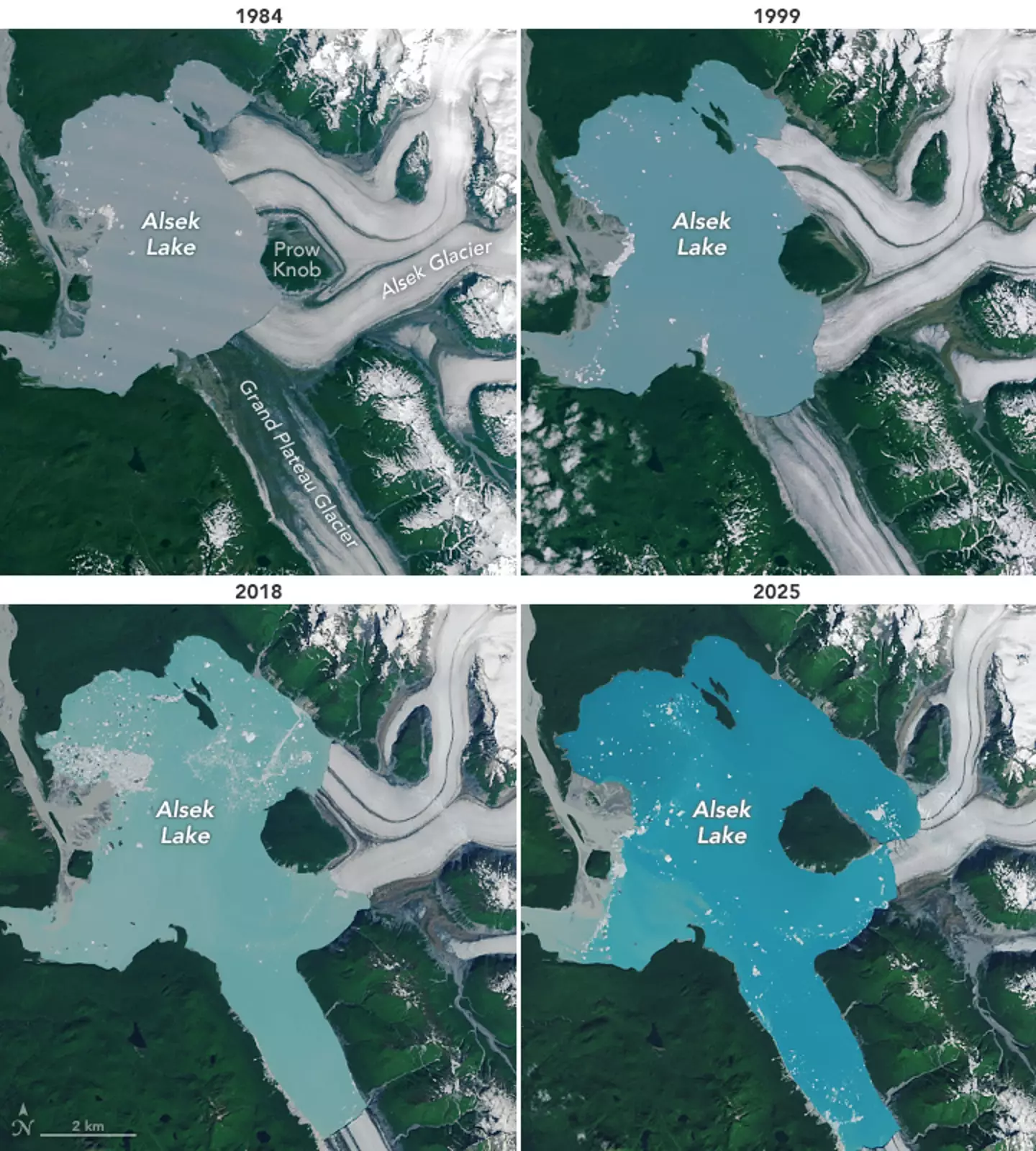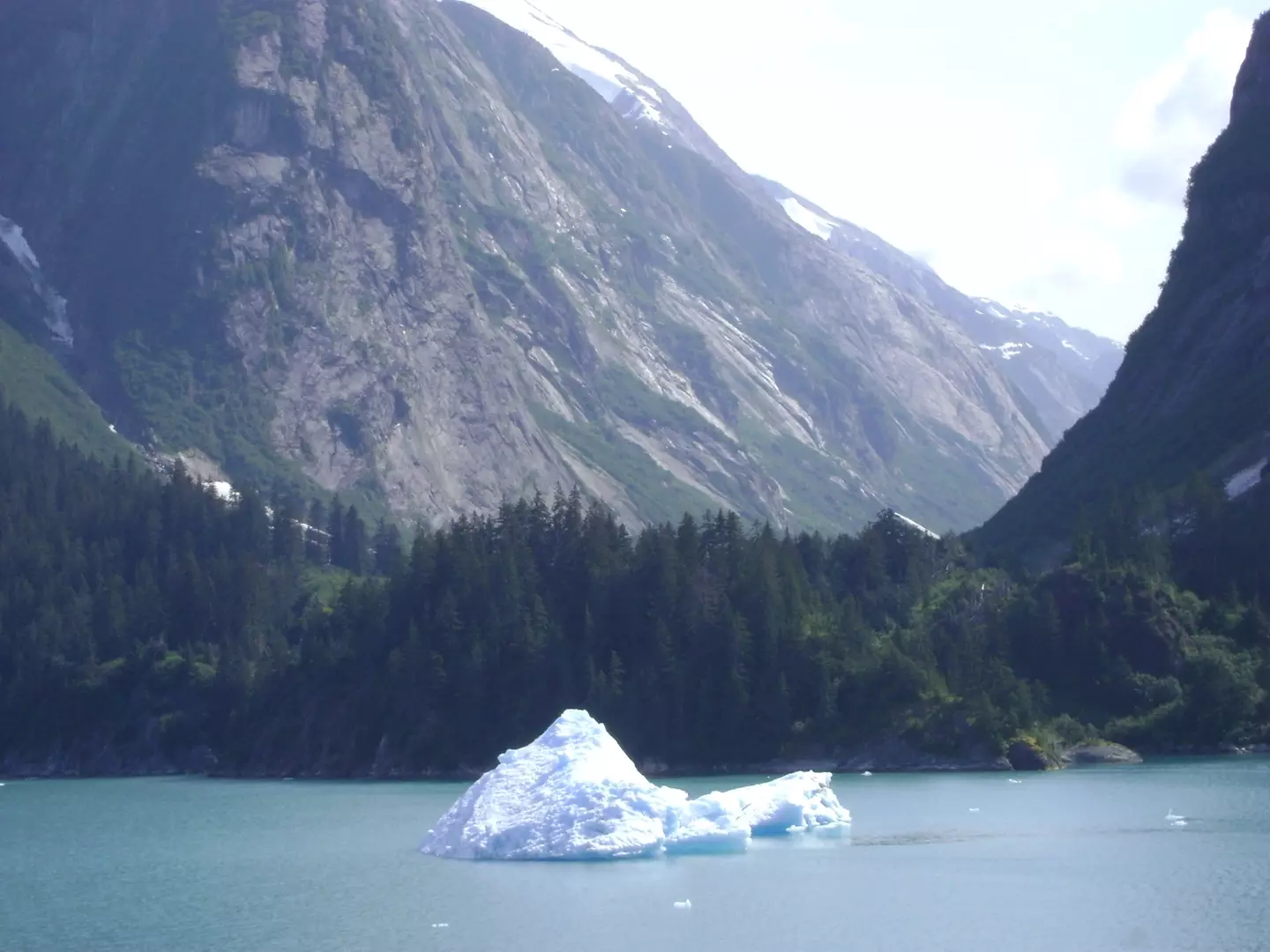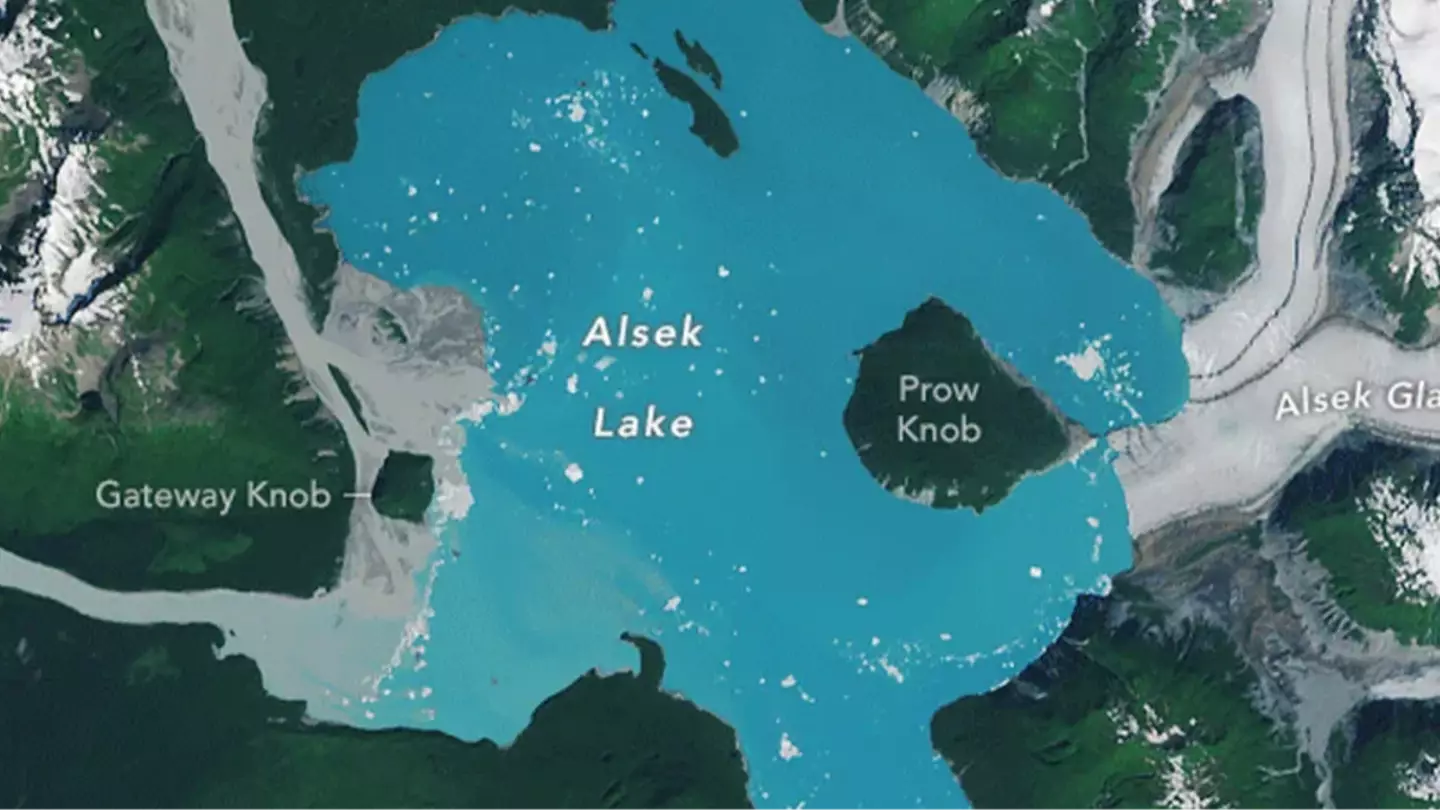NASA has raised an alarm about the impact of climate change following the emergence of a new island.
Through four decades of satellite imagery, NASA has observed the transformation of a melting glacier along the southeastern Alaskan coast, which has led to the formation of a lake surrounding a piece of land.
This development has resulted in the area being classified as an independent island this year.
The land, spanning two square miles, hosts Prow Knob, a small mountain that was once encircled by the Alsek Glacier’s frozen expanse.
However, as the glacier diminished and melted, meltwater created ‘proglacial lakes’ by flowing into the glacier basin, gradually transforming the area.
This summer, NASA confirmed that Prow Knob now stands as an island, encircled by the expanding Alsek Lake.

This change is seen as an indication of the ongoing effects of climate change, with global rising temperatures leading to glacier melt and altering coastlines worldwide.
The Landsat 5 satellite initially captured images of Prow Knob in July 1984, showing the mountain’s western edge touching the lakeshore while the rest was surrounded by the glacier’s ice.
Over the past 40 years, satellite monitoring has documented the retreat of both the Alsek Glacier and the southern Grand Plateau Glacier as they melted.
As these glaciers receded, the lake expanded, gradually overtaking the ice that enveloped the mountain.
The final portion of ice disappeared this summer, isolating Prow Knob as an island.

NASA estimates that this separation occurred between July 13 and August 6.
According to the space agency, in the early 20th century, the Alsek Glacier extended to Gateway Knob, approximately three miles west of Prow Knob.
Despite the ice starting to retreat eastward mid-century, it still surrounded Prow Knob, which was named by glaciologist Austin Post due to its resemblance to a ship’s prow.
By 1984, the perimeter had become a lakeshore, and by 1999, both glaciers began to recede.
Since then, Alsek Lake has nearly doubled in size, growing from 45 square kilometers to 75 square kilometers.
NASA cautions that continued melting is likely in the upcoming years, as the ice is now completely separated from the mountain.
The agency notes that since the glacier has ‘lost contact’ with Prow Knob, the ‘ice is less stable and more prone to calving’.

